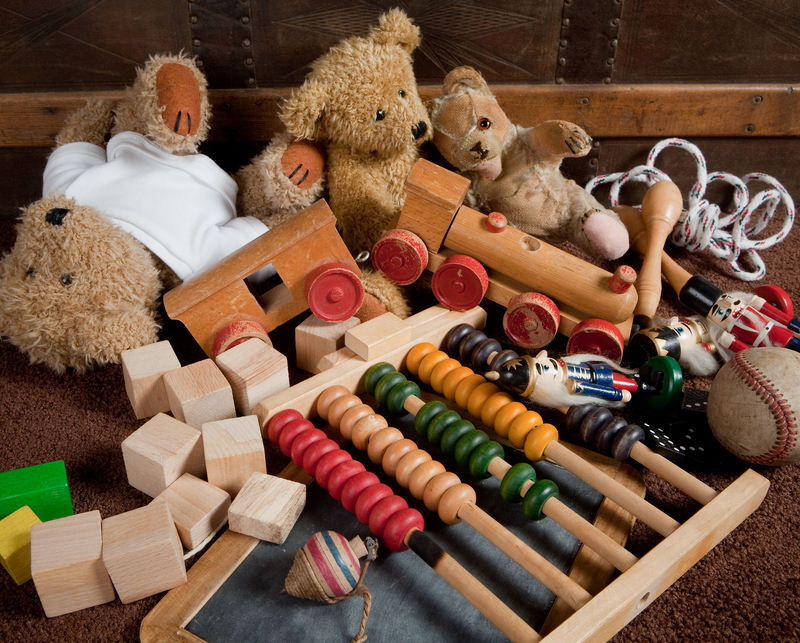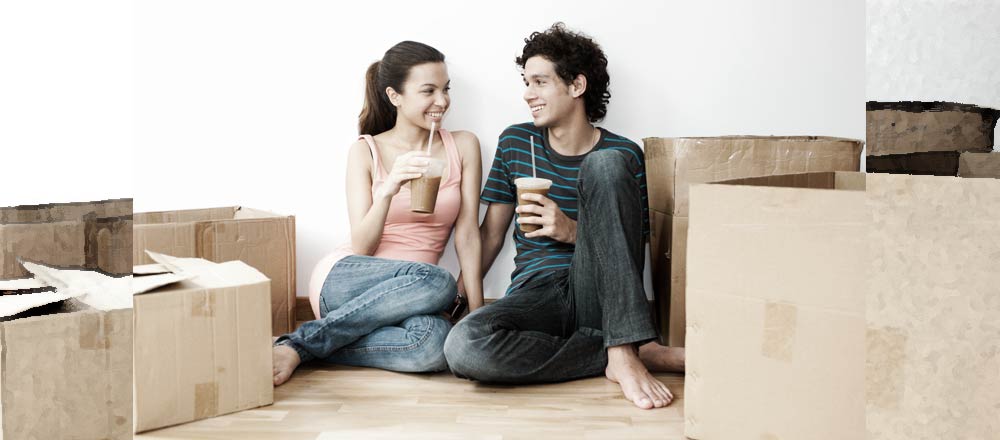Step-by-Step Process to Move Your Bed and Mattress
Posted on 02/06/2025
Step-by-Step Process to Move Your Bed and Mattress
Moving furniture can feel overwhelming--especially when it comes to large, essential items like your bed and mattress. These aren't just pieces of furniture; they're the foundation of your comfort and well-being. If you're planning a move soon, understanding the correct process for moving your bed and mattress will save time, effort, and help prevent damage. In this comprehensive guide, we'll walk you through each phase to ensure your bedding arrives at its new home safe and sound.
Why Is It Important to Properly Move Your Bed and Mattress?
The right moving techniques don't just protect your furniture--they also protect you from injuries. Beds and mattresses are bulky, heavy, and awkwardly shaped. Using the wrong approach can lead to ruined bed frames, torn mattress covers, and even serious back strains. Moving your bed and mattress effectively means you'll preserve their life span, avoid costly replacements, and make setting them up in your new space much easier.

Essential Supplies for Moving a Bed and Mattress
Before you begin, gather the necessary supplies. Having everything on hand will streamline the process and keep your furniture in pristine condition during the move. Here's what you'll need:
- Mattress bag or plastic wrap
- Moving blankets or furniture pads
- Furniture sliders or lifting straps
- Basic toolkit (screwdrivers, wrenches, Allen keys)
- Bubble wrap and packing tape
- Labels and plastic bags (for hardware)
- Ratchet straps or ropes (for transport)
- Dolly or hand truck
Step 1: Prepare Your Bed for Moving
Clear and Strip Your Bed
Start by removing everything from the bed--pillows, linens, toppers, and decorative items. Wash and pack your bedding in plastic bags or boxes to keep them fresh after the move.
Disassemble Bed Frames Carefully
- Remove the mattress: With help, gently lift the mattress and place it aside.
- Take apart the bed frame: Using your toolkit, unscrew or unbolt bed rails, headboard, footboard, and slats.
- Keep hardware organized: Place all screws, nuts, and bolts in a labeled plastic bag. Tape the bag to a frame piece or keep in a designated moving box.
- Protect delicate parts: Wrap headboards and footboards in moving blankets or bubble wrap, securing with packing tape.
Tip: Take photos of the bed before and during disassembly for easy reassembly at your destination.
Step 2: Packing Your Mattress the Right Way
Use a Proper Mattress Bag
Stretch a high-quality mattress bag or plastic wrap over your mattress. This prevents dust, moisture, and damage during transit. Mattress bags also make handling easier and more hygienic.
Seal and Secure
- Ensure all corners are covered.
- Tape shut any open ends to fully enclose the mattress.
- For moves in wet weather, double wrap for added protection.
Moving Box Spring or Foundation
Wrap box springs or bed bases in moving blankets or thick plastic. Secure with tape just as you did with your mattress. This helps prevent scuffs and tears, especially during long-distance moves.
Step 3: Moving the Mattress Safely
Enlist a Helper
Mattresses are heavy, floppy, and difficult to control alone. Always have at least one partner to help, especially with queen or king-size beds.
Use Proper Lifting Techniques
- Bend at your knees, not your waist, to protect your back.
- Keep the mattress upright and close to your body.
- Lift slowly and communicate with your partner during each maneuver.
Navigating Hallways and Stairs
Plan your route before you begin. Remove tripping hazards and open doors. For narrow spaces, turn the mattress on its side for easier maneuvering.
Utilize Moving Equipment
- Place sliders under one end to easily glide across floors.
- Use a dolly or hand truck for heavy frames or thick mattresses.
- Lifting straps distribute weight and ease strain on your body.
Step 4: Transporting Your Bed and Mattress
Loading into a Moving Vehicle
- Mattress: Keep it upright along the side wall of the truck or van. Avoid laying flat with heavy items on top to prevent permanent deformities.
- Frame pieces: Lay flat, padding with blankets. Place headboards and footboards against sturdy surfaces and secure with ratchet straps.
- Box spring: Place next to the mattress, also upright if space allows.
Pro Tip: Avoid cramming other heavy furniture tightly against your mattress or frame. This will protect both from dents, punctures, and scratches.
Securing for Transit
- Use ratchet straps or rope to secure mattresses and all frame pieces to side rails or anchor points in the vehicle.
- If transporting on a car roof, double-check local laws. Use waterproof wrapping, and ensure it's tightly strapped to prevent dangerous shifting.
Step 5: Unpacking and Reassembling Your Bed
Unload With Care
- Reverse your loading process, using a dolly or sliders as needed.
- Ask for help carrying the mattress into your new bedroom to avoid wall damage.
Reassemble the Bed Frame
- Refer to your photos and the hardware bag for easy reassembly.
- Tighten all bolts securely for a stable bed foundation.
- Use protective pads under frame feet on hardwood or laminate floors.
Unpack the Mattress
- Remove the plastic or bag carefully to avoid cuts or snags.
- Let the mattress air out for a few hours, especially if it's been wrapped for an extended period.
- Check for any damage or moisture before making the bed.
Important Tips for Moving Different Types of Beds and Mattresses
Memory Foam and Latex Mattresses
- These models can be much heavier and more flexible than traditional innerspring mattresses.
- Never fold or bend unless the manufacturer states it's safe--this can permanently damage foam cells and support layers.
Adjustable Beds
- Disconnect motors and carefully pack electronics.
- Label all plugs and wires for easy reinstallation.
- Consult your manual for specifics on safe transport and assembly.
Platform and Slatted Frames
- Bundle slats together and tape for easy carrying.
- Wrap corners to protect from dings and chips.
Common Mistakes to Avoid When Moving a Bed and Mattress
- Forgetting to measure doorways, hallways, and staircases ahead of time.
- Moving a mattress without proper protection, leading to dirt or tears.
- Losing key parts of hardware by not storing them together.
- Placing the mattress at the bottom of a pile in the moving truck, risking permanent sagging.
- Trying to move too heavy a bed by yourself--risking injury or damage.
Should You Hire Professionals or DIY?
The decision depends on your schedule, budget, and comfort level. Here's what to consider:
- Professional movers bring experience and special equipment, making them ideal for large or multi-story moves.
- DIY moving can save money and is feasible for simple moves or ground-floor apartments.
- If you're dealing with high-end, heavy, or antique beds, investing in professionals is wise for added peace of mind.
How to Move a Bed and Mattress Without Damage
Prevention is key. Use high-quality supplies, plan your moves, never rush, and always lift with care. Label all hardware, and don't skip padding for wooden and metal bed parts. Wrapping frames and securing mattresses helps prevent the most common types of moving damage.

Frequently Asked Questions (FAQ)
Can I move my mattress by myself?
It is possible for a twin or full-size, but larger mattresses require two people for safe and easy handling.
How should I protect a mattress from rain during a move?
Use a thick, waterproof mattress bag, double wrap in plastic, and tape all openings for maximum protection.
How do I move a bed and mattress up or down stairs?
Plan ahead, clear obstacles, carry slowly with a helper, and use lifting straps for heavy loads. Never force the mattress--tilt and turn as needed.
Conclusion: The Best Way to Move Your Bed and Mattress
Moving your bed and mattress is a process that requires planning, the right tools, and a careful approach. By following this step-by-step process, you ensure a smooth and damage-free relocation--protecting your investment and guaranteeing a good night's sleep in your new home. With proper preparation, organization, and the tips above, your furniture will arrive intact and ready for restful nights ahead.
Remember: Take your time, ask for help when needed, and never compromise on protection for your valuable bedding. With this complete guide to moving your bed and mattress, your next move is sure to be a comfortable and successful experience!







